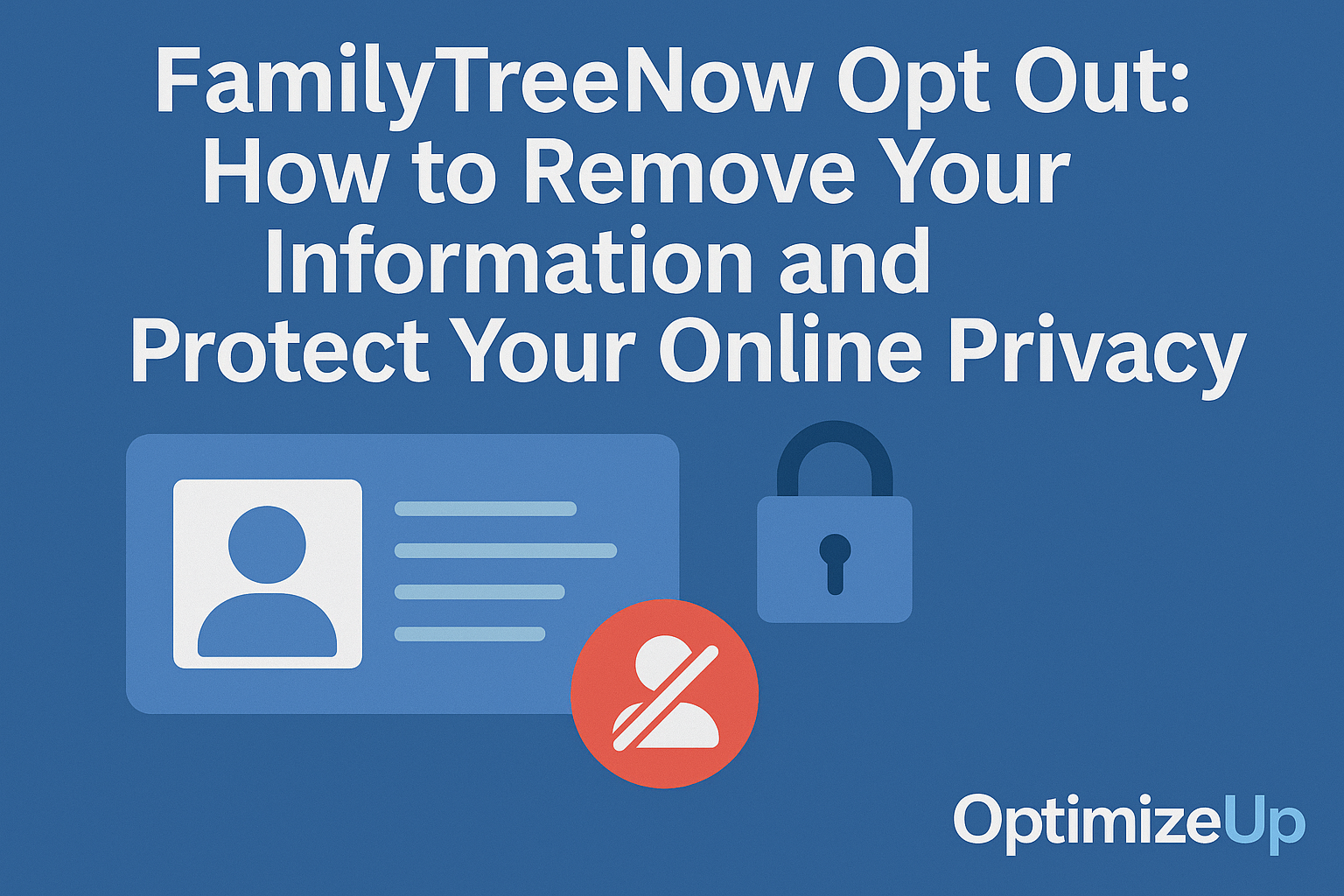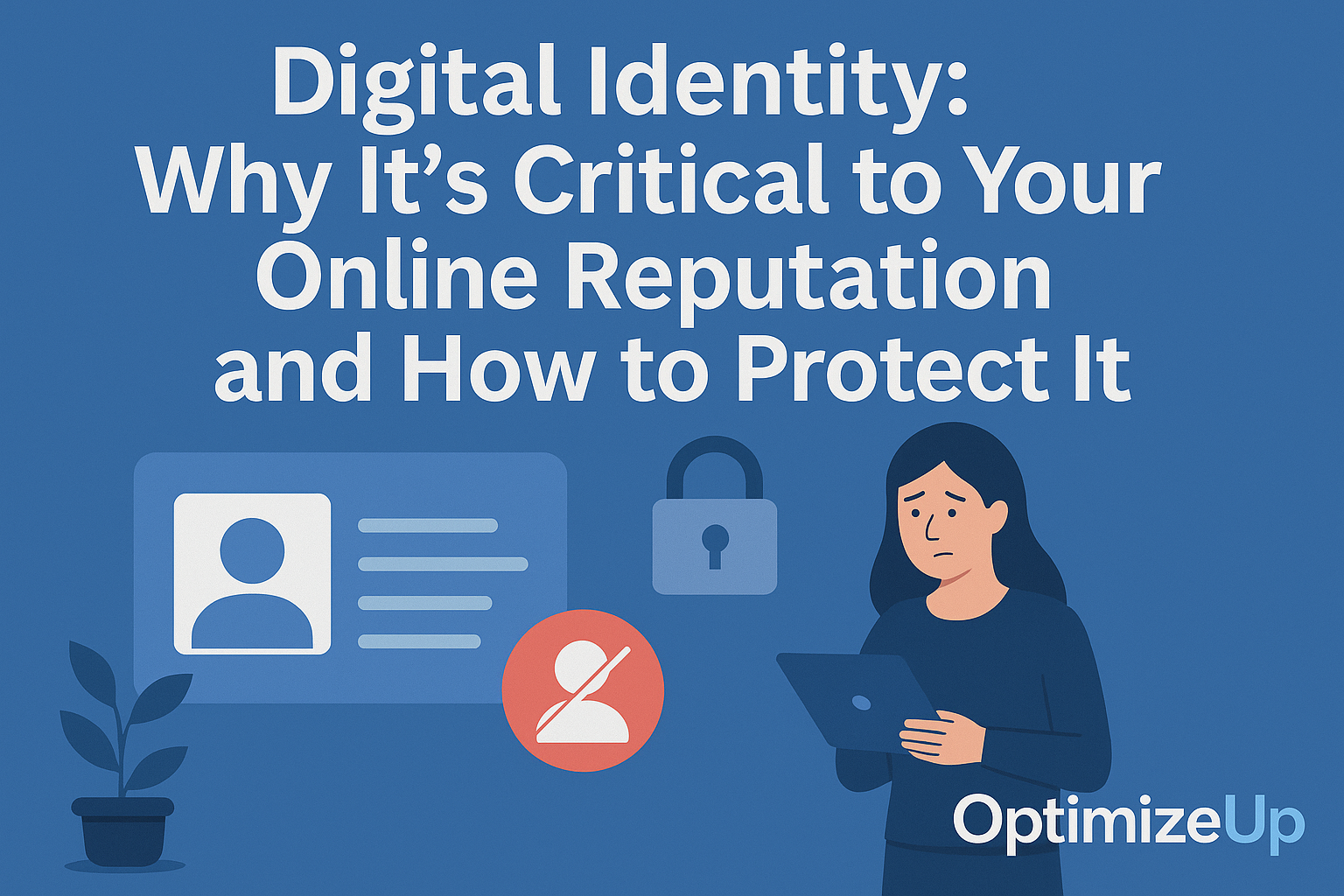Why Being on Top of Google Search Matters
Ranking at the top of Google search results drives traffic, builds credibility, and increases conversions. When your business appears first, it gains:
- Increased visibility to ready-to-buy users
- Higher click-through rates (CTR) compared to lower positions
- Trust from potential customers who associate top rankings with authority
- More qualified leads with lower customer acquisition costs
With the right SEO strategy, you can achieve this level of exposure organically—without spending a dime.
Step-by-Step Guide to Get Your Business on Top of Google for Free
Claim and Optimize Your Google Business Profile
Start by claiming your Google Business Profile (formerly Google My Business). It directly influences local search and Google Maps rankings.
Optimization Tips:
- Use your exact business name and primary category
- Add high-quality photos
- Include your business hours, website URL, and phone number
- Write a compelling business description with keywords
- Collect and respond to reviews regularly
Build Location Authority with Local SEO
If you’re targeting local customers, you need to signal relevance to Google’s local ranking factors:
- NAP Consistency: Ensure your Name, Address, Phone Number are consistent across the web
- Local Citations: List your business on platforms like Yelp, Bing Places, Foursquare
- Localized Content: Create blog posts about community events, local news, or guides
Do Smart Keyword Research
Use tools like Google Keyword Planner, Ubersuggest, and AnswerThePublic to discover search phrases people use.
Look for:
- Long-tail keywords (e.g., “affordable vegan bakery Chicago”)
- Buyer intent phrases (e.g., “near me,” “top-rated,” “best”)
- Questions (e.g., “how to fix leaky faucet”)
Create Content That Satisfies Search Intent
Google prioritizes helpful, high-quality content. Align every blog post or service page with specific keywords and:
- Include relevant images and alt tags
- Break up content with headers and bullet points
- Link internally to related articles and services
- Write 1,000+ words when appropriate
Example Post Ideas:
- “10 Things to Look for in a Reliable Roofer in Dallas”
- “Step-by-Step Guide to Choosing the Right Financial Advisor”
Build a Strong Internal Linking Structure
Internal links help search engines crawl your site and distribute authority. Best practices:
- Link to cornerstone content from blog posts
- Use descriptive anchor text (e.g., “plumbing repair tips” instead of “click here”)
- Create topic clusters for broader keywords
Earn High-Quality Backlinks
Backlinks remain a top ranking factor. Focus on earning links from reputable, relevant websites.
How to earn backlinks:
- Guest post on industry blogs
- Create infographics and share them
- Submit your site to niche directories
- Partner with local organizations and ask for links
- Reach out to journalists via HARO
Optimize for On-Page SEO
Each page on your site should be fully optimized:
- Title tags and meta descriptions include keywords
- Use H1 and H2 headings properly
- Add schema markup for reviews, products, and FAQs
- Compress images and use descriptive file names
Use tools like Screaming Frog to audit your pages.
Increase Site Speed and Mobile Friendliness
Google prioritizes user experience. A slow or clunky site hurts your rankings.
Action steps:
- Compress images with TinyPNG
- Use responsive design
- Host on a fast server
- Minify CSS, HTML, and JavaScript files
- Test performance with PageSpeed Insights
Get Reviews and Engage Customers
Online reviews help with both trust and SEO:
- Encourage happy customers to leave reviews on your Google Business Profile
- Reply to reviews to show activity
- Use review platforms like Trustpilot or Better Business Bureau
Keep Your Website Updated
A stagnant website looks abandoned. Post fresh content regularly:
- Weekly blog posts
- Monthly product updates
- Seasonal service highlights
Fresh content signals to Google that your business is active and relevant.
Leverage Social Media for SEO Signals
While social signals aren’t a direct ranking factor, they influence visibility:
- Share your content on Facebook, Instagram, LinkedIn, and Pinterest
- Use hashtags and location tags
- Join local community groups
Monitor Your Performance and Improve
Track rankings and organic traffic to refine your strategy. Use:
Adjust your strategy based on:
- Pages with high impressions but low CTR
- Queries that show up frequently
- Pages with high bounce rates
Additional Free Strategies to Boost Search Rankings
Embed Google Maps on Your Website
Improve local SEO by embedding your Google Maps location on your contact page.
<iframe src="https://www.google.com/maps/embed?..." width="600" height="450"></iframe>Use Free SEO Plugins
For WordPress users, plugins like:
help implement technical SEO best practices easily.
Encourage User-Generated Content
UGC boosts credibility and keeps content fresh:
- Customer testimonials
- Reviews with photos
- Case studies or success stories
Focus on E-A-T Principles (Expertise, Authoritativeness, Trustworthiness)
Google rewards trustworthy sources:
- Include author bios on blogs
- Cite reputable sources
- Showcase credentials and certifications
- Secure your website with HTTPS
How Optimize Up Can Help
At Optimize Up, we specialize in helping small businesses gain search visibility—without paying for ads. We assist in:
- Local SEO audits
- Keyword strategy development
- On-page and technical SEO implementation
- High-authority backlink outreach
- Google Business Profile optimization
Schedule a consultation to start climbing the search rankings today.
FAQ: Getting on Top of Google Search for Free
Yes. While ads offer faster results, organic SEO can achieve lasting top rankings without any advertising cost.
Typically 3 to 6 months, depending on competition, content quality, and backlink profile.
Focus on local SEO, long-tail keywords, and creating content quickly. Google favors fresh, relevant sites over time.
Absolutely. Quality backlinks signal authority and trust to Google.
Yes. Blogs increase keyword coverage, demonstrate expertise, and provide fresh content that Google loves.
Indirectly, yes. Social media can drive traffic, brand awareness, and engagement—all of which support SEO efforts.
It’s a good idea. You can do so via Google Search Console.
MLA Citations:
Google. “Google Business Profile.” Google, https://www.google.com/business/.
Moz. “Local SEO: The Definitive Guide.” Moz, https://moz.com/learn/seo/local.
Patel, Neil. “Ubersuggest.” Neil Patel, https://neilpatel.com/ubersuggest/.
Screaming Frog. “SEO Spider Tool.” Screaming Frog, https://www.screamingfrog.co.uk/seo-spider/.
Google Developers. “PageSpeed Insights.” Google, https://pagespeed.web.dev/.





